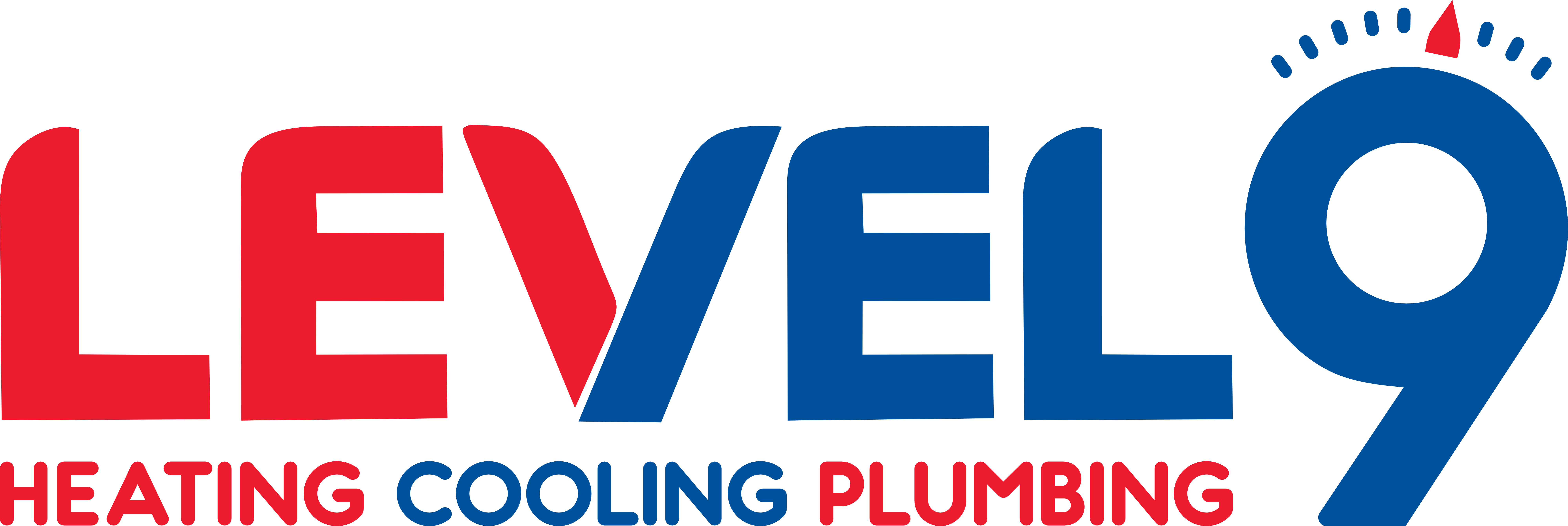All of the Big HVAC Changes You Need to Know About in 2023
Most homeowners don’t spend too much of their time keeping up with the latest goings-on in the HVAC industry. It’s easy to understand why. Most homes need new HVAC systems every decade or so, and there aren’t many other reasons for homeowners to pay attention. And in any case, change in the HVAC industry is typically incremental, not revolutionary. However, there are a variety of changes in HVAC that homeowners should know about in 2023. The changes involve new regulations that affect the technology powering HVAC systems as well as their efficiency. Here’s a complete rundown of everything homeowners need to know about these changes.
All About HVAC Efficiency Standards
The biggest change in the HVAC industry in 2023 has to do with efficiency. The U.S. Department of Energy has increased its minimum efficiency standards for all new HVAC systems. To understand what that means, though, you’ll first need some background on the standards themselves.
Back in 1987, the U.S. government passed The National Appliance Energy Conservation Act (NAECA), which set minimum efficiency standards for a wide range of household appliances, including heating and cooling equipment. The standards, which were phased in between 1990 and 1993, made it illegal to sell certain categories of appliances that didn’t meet the statutory minimum efficiency levels.
For air conditioners, the new minimum efficiency requirement meant a system needed a SEER rating of 10 or more to qualify for sale. SEER, or seasonal energy efficiency ratio, is a standard efficiency scale used to gauge the energy use of air conditioning systems. It calculates the total cooling output over a simulated average cooling season and divides that by the number of kilowatt hours of electricity consumed in the process. The result is a number that buyers can use for an apples-to-apples efficiency comparison of multiple HVAC systems.
For furnaces, the applicable efficiency standard is AFUE, which stands for annual fuel utilization efficiency. It’s a more straightforward system that lets you know what percent of a heating system’s fuel gets turned into usable heat for your home. The initial standard for furnaces was an AFUE of 78 for all residential systems.
Then, in the year 2000, the minimum efficiency standard rose to a SEER rating of 13. And in 2011, the standards changed again, splitting into a region-by-region approach with different standards for different parts of the country. At that time, the standard in warmer states that relied heavily on air conditioning rose to a SEER rating of 14. The minimum standard for furnaces rose to an AFUE of 80, too. That’s where things stood right up until the beginning of 2023.
SEER Gets an Upgrade
Beginning on January 1st, 2023, the federal government raised the SEER rating minimum for new air conditioning equipment to 14 in the Northern states and 15 in the Southern states. The changes mean that new air conditioners sold this year and beyond will outperform older systems by even more and save homeowners more money on operating costs.
That’s not all, though. The SEER rating system itself got an upgrade, too. Going forward, the testing for all new air conditioning will follow a far more accurate protocol. As a result, SEER ratings will now appear as SEER2 ratings on new air conditioning equipment as a way to let buyers know about the change.
Heat Pump Efficiency Standards Also Rise in 2023
Air conditioners weren’t the only home comfort equipment that got a minimum efficiency bump in 2023. So too, did heat pumps, which use a lesser-known efficiency measure called HSPF. The measure, which stands for heating seasonal performance factor, is essentially a cousin of SEER. It tells you roughly how much heat a heat pump delivers in an average heating season, divided by how much energy the heat pump consumes.
The original minimum efficiency standard for heat pumps in the U.S. was a 6.8 HSPF rating. Over the years, that minimum rose gradually to an 8.2 HSPF. As of 2023, though, the minimum is now an 8.8 HSPF. However, since heat pumps can both heat and cool your home, they’re subject to the same minimum efficiency standards as conventional air conditioners, too. That means all new heat pumps sold in the U.S. must have a minimum heating efficiency of 8.8 HSPF and a SEER rating of 14 or higher.
New Refrigerant Requirements in 2023
The second big change in the HVAC industry in 2023 has to do with the technology that air conditioners and heat pumps rely on to function. More specifically, it’s about the refrigerants such systems rely on. It’s that new air conditioners and heat pumps can no longer use one of the most widely used refrigerant types, R-410a.
The reason for it is a simple one. R-410a, while being far better for the environment than older refrigerants like Freon, still comes with high global warming potential. This means every time R-410a leaks from an HVAC system, it does grievous damage to our environment and contributes significantly to climate change.
In its place, manufacturers are using a variety of next-generation refrigerants. Among them, a refrigerant called R-454b is already gaining traction and may soon become the de-facto standard in the HVAC industry. For homeowners, this means new HVAC systems will come with new maintenance requirements, and technicians need a new set of tools to handle the new refrigerant.
It also means homeowners with older HVAC systems must choose an HVAC company like Level 9 Heating, Cooling, and Plumbing to service their R-410a-reliant systems. The government is letting R-410a stay on the market to facilitate repairs and maintenance of old systems, but it will one day go away entirely. That means homeowners with older HVAC systems might need to accelerate their replacement timeline somewhat to account for the change.
HVAC Supply Chain Crunches Persist in 2023
Although it’s not a change to the HVAC industry per se, there’s another thing that homeowners should be aware of in 2023. It’s that the lingering supply chain issues that have driven up HVAC prices and led to longer installation lead times are still an issue. This means homeowners with plans to purchase and install any new HVAC equipment this year should plan ahead and get the process started as early in the year as possible. That way, they won’t run the risk of ending up having to deal with an HVAC installation in the middle of the cooling season or, worse, at the end of the year when heating season rolls around again.
Consult the HVAC Experts
Here at Level 9 Heating, Cooling, and Plumbing, we believe that an educated customer is the best customer. So, by filling you in on all of these important changes in the HVAC industry in 2023, we hope we’ve given you some food for thought. And as the leading HVAC contractor in the Washington, MO area since 1975, we look forward to having the opportunity to serve you. We offer complete HVAC installation, repair, and maintenance services, including working on commercial HVAC equipment. Plus, we also specialize in geothermal systems and air quality, too.
So, if your home needs a new HVAC system or some work done on the one it already has, contact the experts here at Level 9 Heating, Cooling, and Plumbing today!



